Home>Articles>Why Do I Look Better In Some Mirrors Than Others


Articles
Why Do I Look Better In Some Mirrors Than Others
Modified: October 27, 2024
Discover why some mirrors make you appear more attractive than others in this collection of informative articles.
(Many of the links in this article redirect to a specific reviewed product. Your purchase of these products through affiliate links helps to generate commission for Storables.com, at no extra cost. Learn more)
Introduction
Have you ever found yourself admiring your reflection in a mirror and wondering why you look better than in other mirrors? It’s a common phenomenon that many people experience, but what exactly causes this inconsistency? Is it just a matter of perception, or are there scientific reasons behind it?
Understanding why we look better in some mirrors than others involves a combination of factors, including lighting, mirror distortion, size and proportion, as well as psychological factors. By delving into these aspects, we can gain insights into the fascinating world of mirror reflections and personal perception bias.
In this article, we will explore the science behind mirrors and the various factors that contribute to why we may perceive ourselves differently in different mirrors. So let’s embark on this journey to unravel the mysteries of our reflection and discover why some mirrors may just make us look a little bit better.
Key Takeaways:
- Embrace the interplay of science and psychology that shapes our reflection in mirrors. Understand the impact of lighting, mirror distortion, size, and personal perception bias on our self-perception.
- Look beyond the mirror’s reflection to embrace your true worth and beauty. Cultivate self-love, appreciate your unique qualities, and celebrate the extraordinary individual that you are.
Read more: Why Do I Look Fat In Some Mirrors
The Science of Mirrors
Mirrors are more than just reflective surfaces – they play a significant role in how we perceive ourselves. To understand why we may look better in some mirrors than others, we need to delve into the science behind these reflective objects.
When we look into a mirror, we see a reflection of light bouncing off our bodies and returning to our eyes. This reflection allows us to visualize ourselves and gauge our appearance. However, the quality of this reflection can be influenced by various factors, including lighting, mirror distortion, size, and proportion.
Lighting and Reflection: The lighting in a room can dramatically impact how we appear in the mirror. Bright, natural lighting will provide a more accurate representation of our appearance, while dim or artificial lighting can cast shadows and distort our features. The direction of the light source is also vital, as it can create shadows that highlight certain areas and diminish others.
Mirror Distortion: Many mirrors, especially those in public spaces, are not perfectly flat. They may have slight curves or imperfections that can distort our reflection. These distortions can subtly alter the way our body proportions and facial features appear, leading to inconsistencies in our perceived appearance.
Mirror Size and Proportion: The size and proportion of a mirror can also impact how we perceive ourselves. A small mirror may only show a portion of our body or face, while a larger mirror will provide a more comprehensive view. Additionally, the shape of a mirror can influence how we perceive our proportions. A tall, narrow mirror may elongate our body, while a wider mirror can make us appear broader.
Understanding the science behind mirrors can shed light on the reasons why we may look better in certain mirrors. The interplay of lighting, mirror distortion, size, and proportion all contribute to the overall perception of our reflection.
In the next sections, we will explore the influence of psychological factors and personal perception bias on how we judge our appearance in mirrors. So, let’s continue our exploration into the fascinating world of mirror reflections.
Lighting and Reflection
When it comes to the way we perceive ourselves in mirrors, lighting plays a crucial role. The intensity and direction of light can significantly impact our appearance, making us look better or worse depending on the circumstances.
Bright Natural Lighting: Adequate natural lighting is considered the gold standard for assessing our appearance in a mirror. Natural light is full spectrum light, meaning it contains all colors and wavelengths in the visible spectrum. This type of lighting provides a more accurate representation of our skin tone, texture, and overall complexion. It helps to eliminate shadows and ensures even, diffused lighting, making us look more radiant and balanced.
Dim or Artificial Lighting: On the other hand, dim or artificial lighting can cast shadows and create inconsistencies in how we appear in mirrors. Harsh fluorescent lights, for example, can wash out our complexion or create unflattering shadows that accentuate imperfections. Incandescent lights, with their warm, yellowish hue, may give a more flattering glow but can also distort colors and make our skin look unnaturally warm or cool.
Direction of Light: The direction of the light source is another critical factor to consider. Side lighting, where the light is coming from the side, can create shadows that emphasize certain features or angles of our face or body. This can make us appear more sculpted or give the illusion of more defined cheekbones. However, frontal lighting, where the light is directly in front of us, tends to provide a more balanced and neutral view, minimizing shadows and creating a softer, more even appearance.
Understanding the impact of lighting on how we look in mirrors gives us insight into why our reflection can vary from one mirror to another. The quality and type of lighting in the room, as well as the direction of the light source relative to the mirror, can greatly influence our perception of ourselves.
Next, we’ll explore the concept of mirror distortion and how it contributes to the discrepancies we may notice in our appearance across different mirrors. Stay tuned for more fascinating insights into the world of mirrors and self-perception.
Mirror Distortion
Have you ever noticed that your reflection can appear slightly different in different mirrors? This phenomenon can be attributed to mirror distortion. While we often assume that mirrors provide an accurate representation of ourselves, the reality is that many mirrors are not perfectly flat and can introduce subtle distortions.
Curvature and Imperfections: Mirrors, especially those found in public spaces or older homes, can have slight curves or imperfections on their surface. These imperfections can subtly alter the way our body proportions and facial features appear. It’s worth noting that high-quality mirrors designed for accurate reflection do exist, but they are not always readily available in everyday settings.
Funhouse Mirrors: Funhouse mirrors are extreme examples of mirror distortion intentionally designed to produce unusual and exaggerated reflections. These mirrors are often found in amusement parks and carnival attractions, and they can make us appear stretched, compressed, or distorted in various ways. While funhouse mirrors are an extreme case, they illustrate how easily mirrors can manipulate our perception of ourselves.
Mirror Placement: Even if a mirror is perfectly flat, its placement can still introduce distortion. For example, if a mirror is mounted at an angle or warped due to improper installation, it can create optical distortions that affect how we perceive ourselves. In such cases, our reflection may appear slanted or warped, altering our perceived proportions and symmetry.
Mirror distortion is an essential factor to consider when evaluating our appearance in different mirrors. The imperfections, curvature, and placement of mirrors can contribute to variations in our perceived reflection. It’s important to remember that these distortions are generally subtle and may not be immediately noticeable to the untrained eye.
In the following sections, we’ll explore the influence of mirror size and proportion, as well as psychological factors that contribute to our perception of ourselves. Stay tuned as we continue to uncover the reasons behind why we may look better in some mirrors than others.
The quality and angle of the mirror can affect how you look. Look for mirrors with good lighting and minimal distortion for a more accurate reflection.
Mirror Size and Proportion
When it comes to mirrors, size and proportion can have a significant impact on how we perceive ourselves. The dimensions and shape of a mirror can influence our body proportions and overall appearance, leading to variations in how we look from one mirror to another.
Comprehensive View vs. Partial Reflection: The size of a mirror can determine the portion of our body or face that is visible in the reflection. A larger mirror allows us to see more of ourselves, providing a more comprehensive view. This can give us a better sense of our overall appearance and help us make more accurate judgments. On the other hand, a smaller mirror may limit our visibility, only showing a partial reflection. This can make it challenging to assess our appearance as a whole.
Shape and Proportion Distortion: The shape of a mirror can also impact our perception of ourselves. For example, a tall and narrow mirror can elongate our body, while a wider mirror can make us appear broader. These distortions in proportion can influence how we perceive our body shape, leading to differences in our perceived attractiveness or overall satisfaction with our appearance.
Proximity and Self-Inspection: The distance between ourselves and the mirror can also affect our perception. When we get closer to a mirror, we tend to focus on specific details rather than our overall appearance. This close examination can make us more critical of our flaws and possibly lead to a less positive self-image. Conversely, when we step back and view ourselves from a distance, we may see a more holistic view and feel more satisfied with our appearance.
It’s essential to consider the size and proportion of a mirror when evaluating our reflection and the impact it can have on our perception of ourselves. The overall visibility, shape, and proximity to the mirror all play a role in how we interpret our appearance.
Next, we will dive into the influence of psychological factors and personal perception bias on how we judge our reflection. Stay tuned as we uncover more insights into the fascinating world of mirrors and self-perception.
Read more: Why Is Some Grass Darker Than Others
Psychological Factors
When it comes to our perception of ourselves in mirrors, there are several psychological factors at play that can influence how we judge our appearance. These factors can contribute to why we may perceive ourselves differently in various mirrors.
Self-Esteem and Body Image: Our self-esteem and body image play a significant role in how we view ourselves in mirrors. If we have low self-esteem or a negative body image, we are more likely to be critical of our appearance and perceive ourselves negatively, regardless of the mirror’s qualities. On the other hand, if we have a positive self-image and high self-esteem, we may be more likely to see ourselves in a favorable light, even if the mirror itself is not perfect.
Social Comparison: We often engage in social comparison with others, especially when it comes to physical appearance. This tendency can influence how we perceive ourselves in mirrors. If we compare ourselves to individuals we deem more attractive or desirable, we may be more critical of our own appearance, regardless of the mirror’s qualities. Conversely, if we compare ourselves to others we perceive as less attractive, we may feel more confident and satisfied with our reflection.
Mood and Mindset: Our mood and mindset can also impact how we perceive our reflection. When we’re in a positive mood or have a confident mindset, we may be more likely to see ourselves in a favorable light and perceive our appearance more positively. Conversely, negative emotions or a negative mindset can make us more critical of our reflection and lead to a less positive self-image.
Cultural and Societal Influences: Cultural and societal influences can shape our perception of beauty and attractiveness. These influences can vary across different regions and communities, leading to differences in how we perceive ourselves in mirrors. Society’s standards of beauty can impact our self-perception and contribute to why we may feel better about our appearance in some mirrors that align with those standards.
It’s important to recognize that psychological factors can have a significant impact on how we judge our appearance in mirrors. Our self-esteem, body image, social comparisons, mood, mindset, and cultural influences all play a role in our perception of ourselves.
As we conclude our exploration of psychological factors, we will wrap up with a discussion on personal perception bias and how it contributes to our varying reflection experiences in different mirrors. Join us in the final section to discover more intriguing insights into the world of mirrors and self-perception.
Personal Perception Bias
Personal perception bias refers to the individual biases and unique filters through which we see ourselves in mirrors. It is an important factor that contributes to why we may perceive ourselves differently in different mirrors. Our own beliefs, experiences, and preferences shape our perception of our reflection.
Beauty Standards and Idealized Self: We all have our own internalized beauty standards and ideals about how we should look. These standards can be influenced by societal norms, media portrayals, and personal preferences. When looking into a mirror, we often compare ourselves to these internalized standards. If the reflection aligns closely with our perceived idealized self, we are more likely to perceive ourselves in a positive light. However, if the reflection deviates from these standards, we may be more critical of our appearance.
Selective Attention and Focus: Our attention and focus can play a role in how we perceive ourselves in mirrors. We tend to focus on specific areas or features of our reflection, especially those we are most self-conscious about. This selective attention can lead to a heightened focus on perceived flaws, while neglecting other areas that we may feel more positive about. As a result, our overall perception of ourselves can be influenced by this biased attention.
Mood and Confidence: Our mood and confidence levels heavily influence our perception of ourselves. When we’re feeling confident and positive, we are more likely to see ourselves in a favorable light and perceive our appearance more positively. On the other hand, when we’re feeling down or lacking in confidence, we may be more critical of our reflection and have a more negative self-image.
Previous Experiences and Conditioning: Our past experiences and conditioning can shape our perception in mirrors. If we have received positive feedback or compliments about our appearance in certain mirrors or settings, we may have developed a more positive perception of ourselves in those situations. Similarly, if we have had negative experiences or feedback, it can contribute to a more negative self-perception in mirrors.
Personal perception bias highlights the subjectivity of our self-perception in mirrors. Each individual sees themselves through their own unique lens, influenced by personal beliefs, experiences, and biases. It is important to be aware of this bias and strive for a more objective and realistic view of ourselves.
As we conclude this exploration of personal perception bias, we have gained a deeper understanding of the various factors that contribute to why we may look better in some mirrors than others. It is a complex interplay of scientific factors, such as lighting and mirror distortion, as well as psychological factors like personal perception bias and cultural influences.
Next, we will wrap up with some concluding thoughts. Join us in the final section as we conclude this journey through the world of mirrors and self-perception.
Conclusion
Throughout this exploration of why we may look better in some mirrors than others, we have uncovered a fascinating mix of scientific and psychological factors that contribute to our perception of ourselves.
The science of mirrors reveals that lighting, mirror distortion, size, and proportion all play a role in how we appear in reflections. Bright natural lighting provides a more accurate representation of our appearance, while dim or artificial lighting can cast shadows and distort our features. Mirror distortion, whether from imperfections on the surface or intentional design, can subtly alter our body proportions and facial features.
Furthermore, the size and proportion of a mirror can influence our perception of ourselves. A larger mirror allows for a more comprehensive view, while a smaller mirror may limit our visibility. The shape of a mirror can also distort our proportions and impact how we perceive our body shape.
Pyschological factors such as self-esteem, body image, social comparison, mood, mindset, and personal perception bias significantly influence our perception of ourselves. Our beliefs, experiences, and preferences shape how we see ourselves in mirrors, leading to biases and variations in our perceived reflection.
Understanding these factors helps us navigate the complexities of self-perception and develop a more objective view of ourselves. It reminds us not to rely solely on the reflection in the mirror to determine our worth or beauty.
At the end of the day, it’s important to recognize that our true value and beauty lie beyond the surface. It’s about embracing our unique qualities, appreciating our accomplishments, and cultivating self-love and acceptance.
So, the next time you catch a glimpse of yourself in a mirror and wonder why you look better in that particular one, remember the interplay of science and psychology that contributes to our perception. Embrace the beauty that radiates from within and celebrate the dynamic and multifaceted individuals that we are.
And remember, you are more than just a reflection; you are a unique and extraordinary human being.
Curious about how different mirrors can transform your reflection? If you found our insights on mirror variances intriguing, you'll love our next feature on spectacular mirrors set to make waves in 2024. Perfect for any room, these mirrors not only enhance your space but also ensure you always look your best. Don’t miss out on finding the perfect mirror for your home!
Frequently Asked Questions about Why Do I Look Better In Some Mirrors Than Others
Was this page helpful?
At Storables.com, we guarantee accurate and reliable information. Our content, validated by Expert Board Contributors, is crafted following stringent Editorial Policies. We're committed to providing you with well-researched, expert-backed insights for all your informational needs.
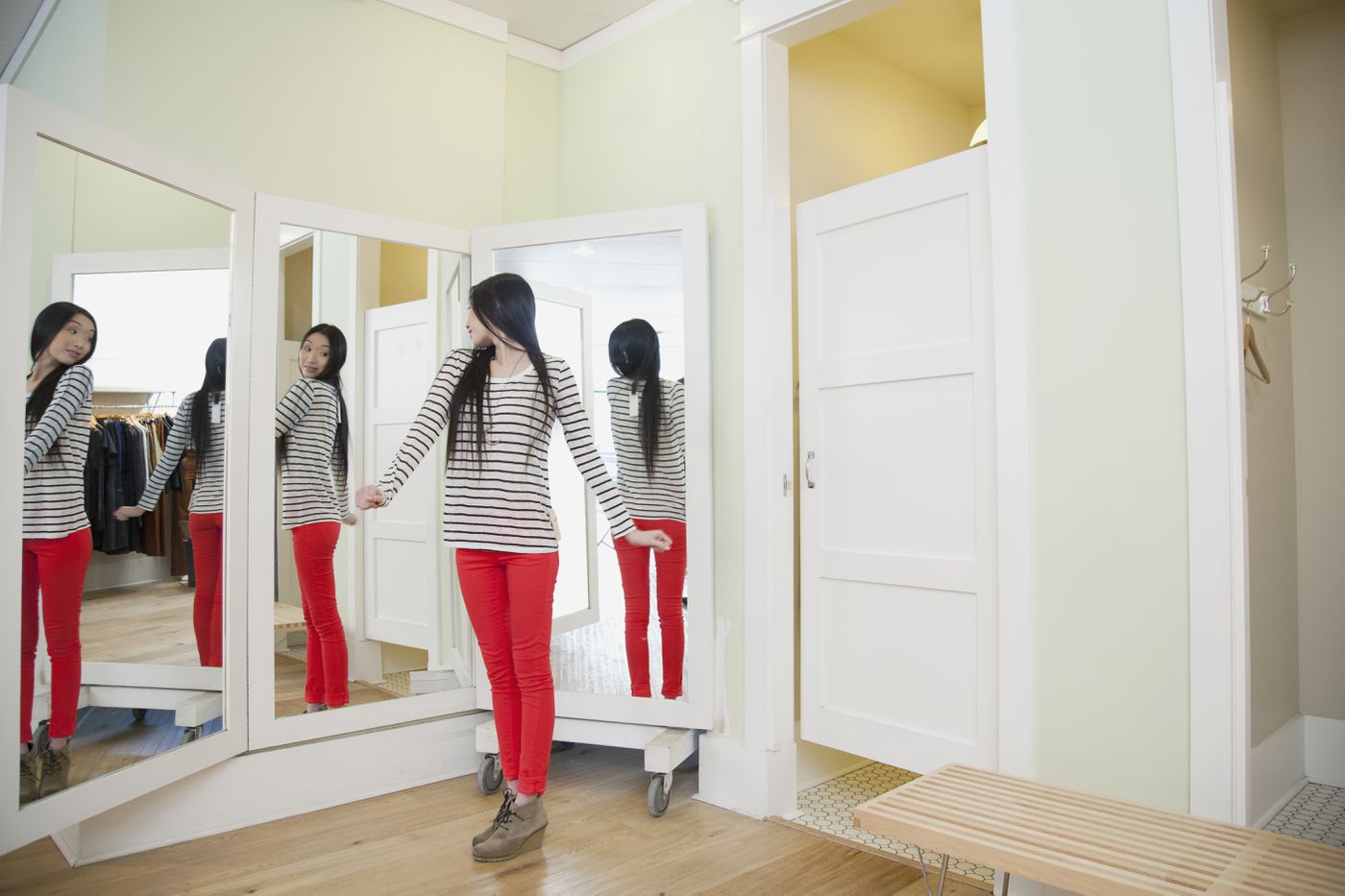
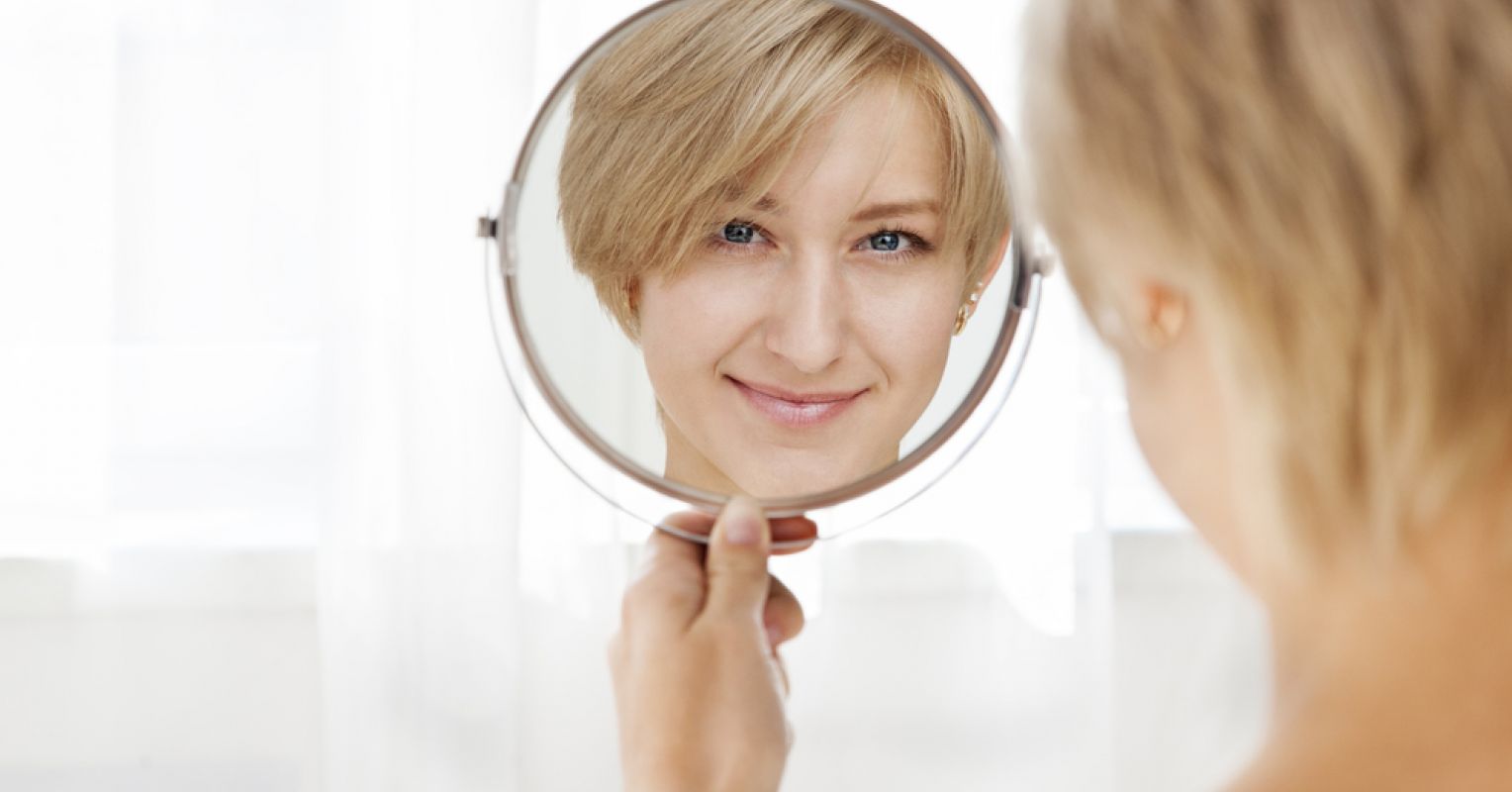

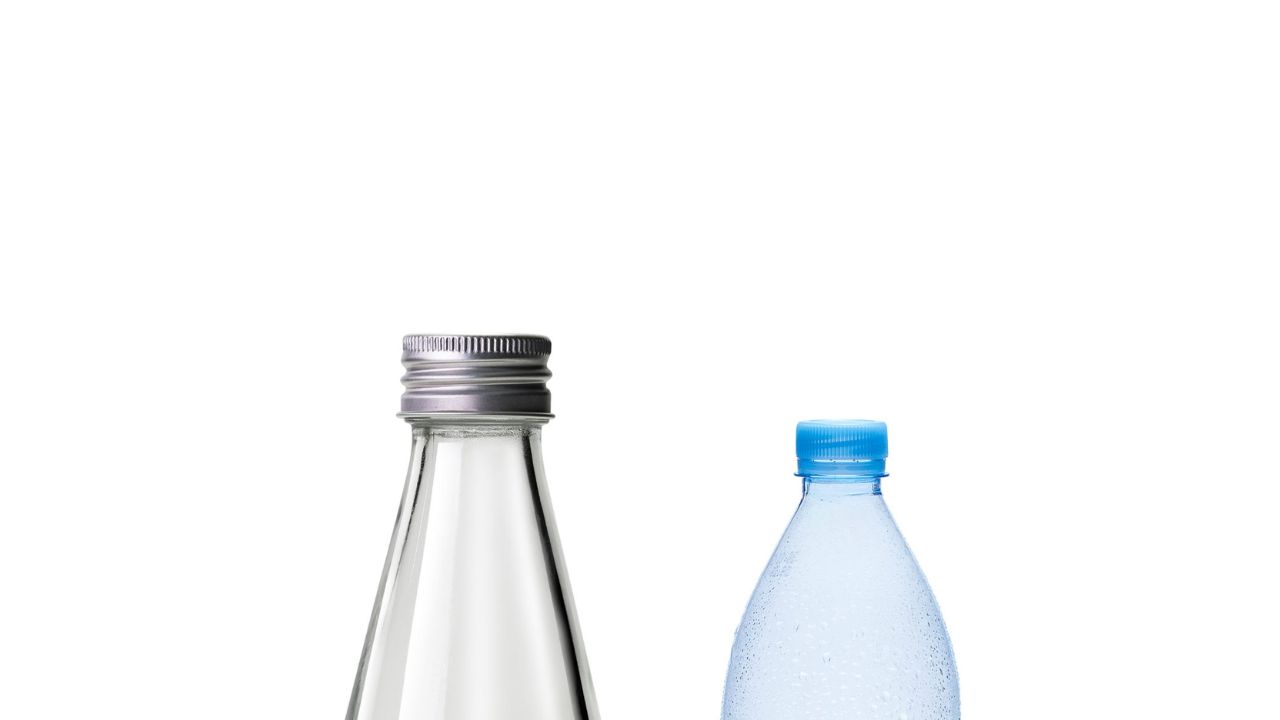
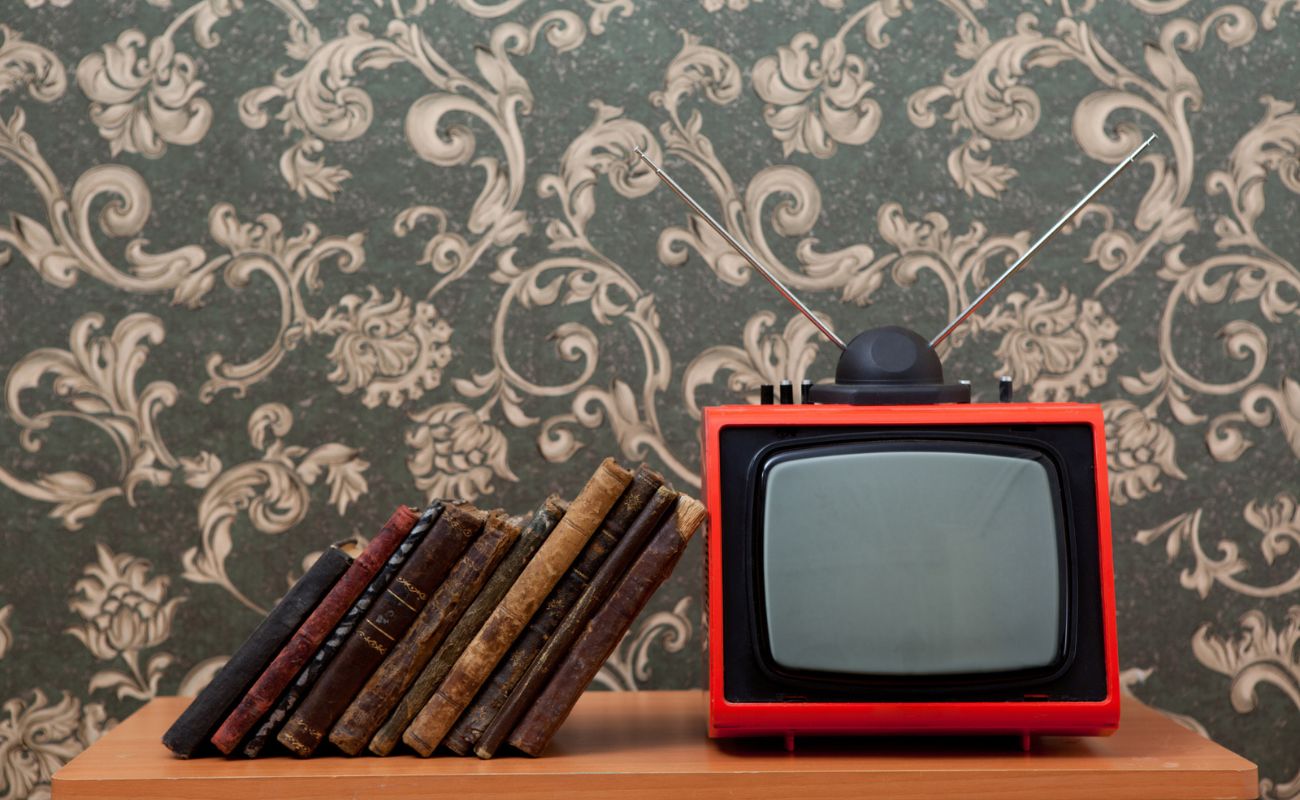

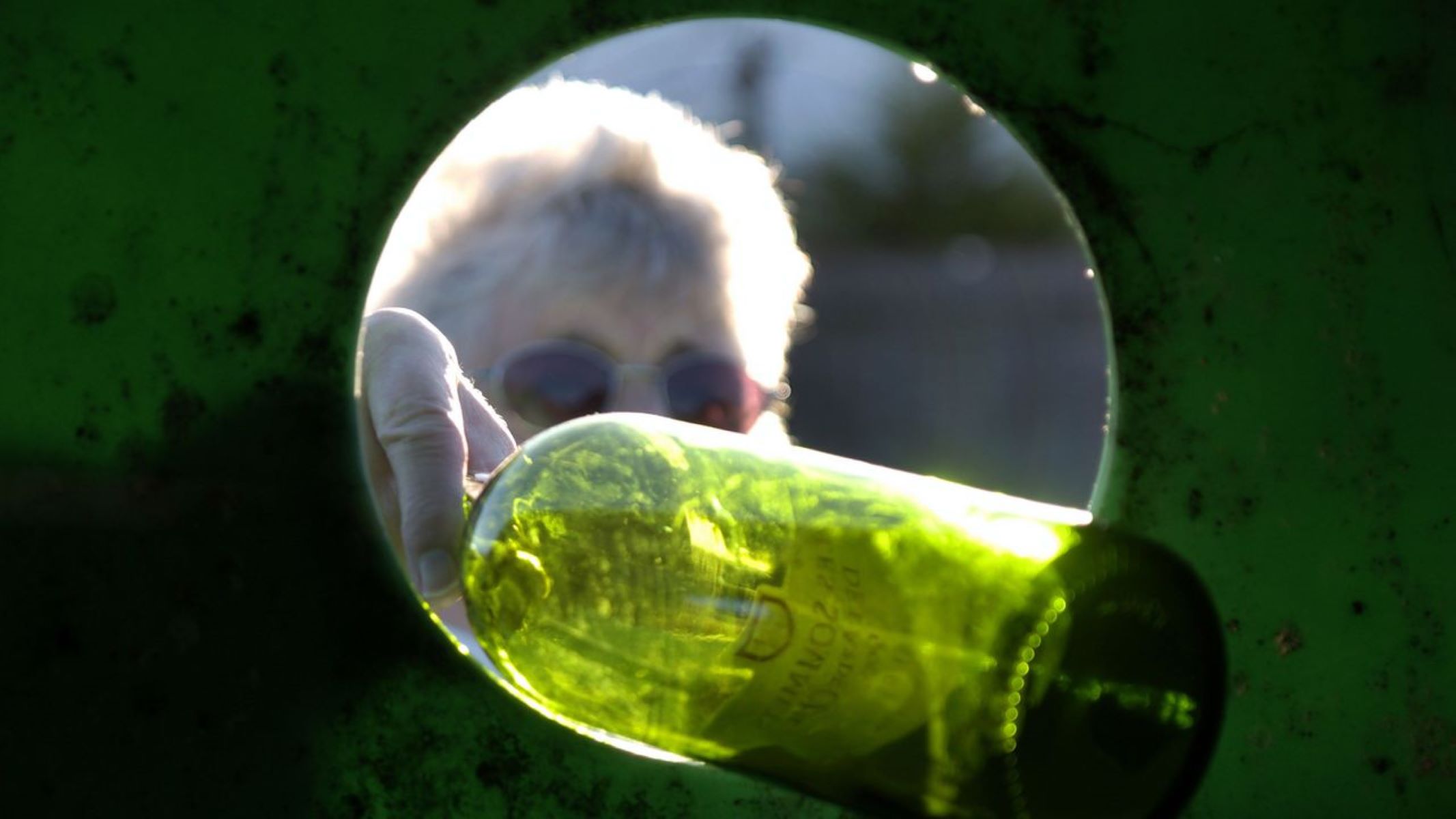
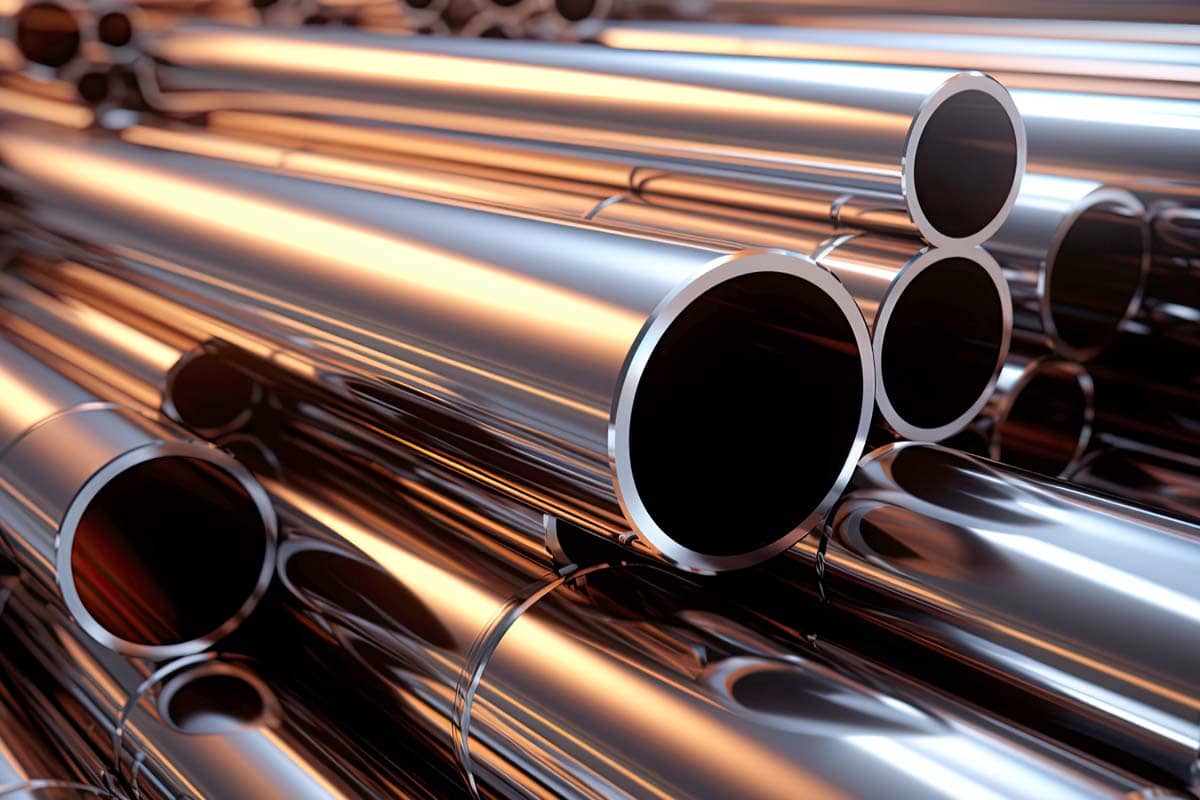
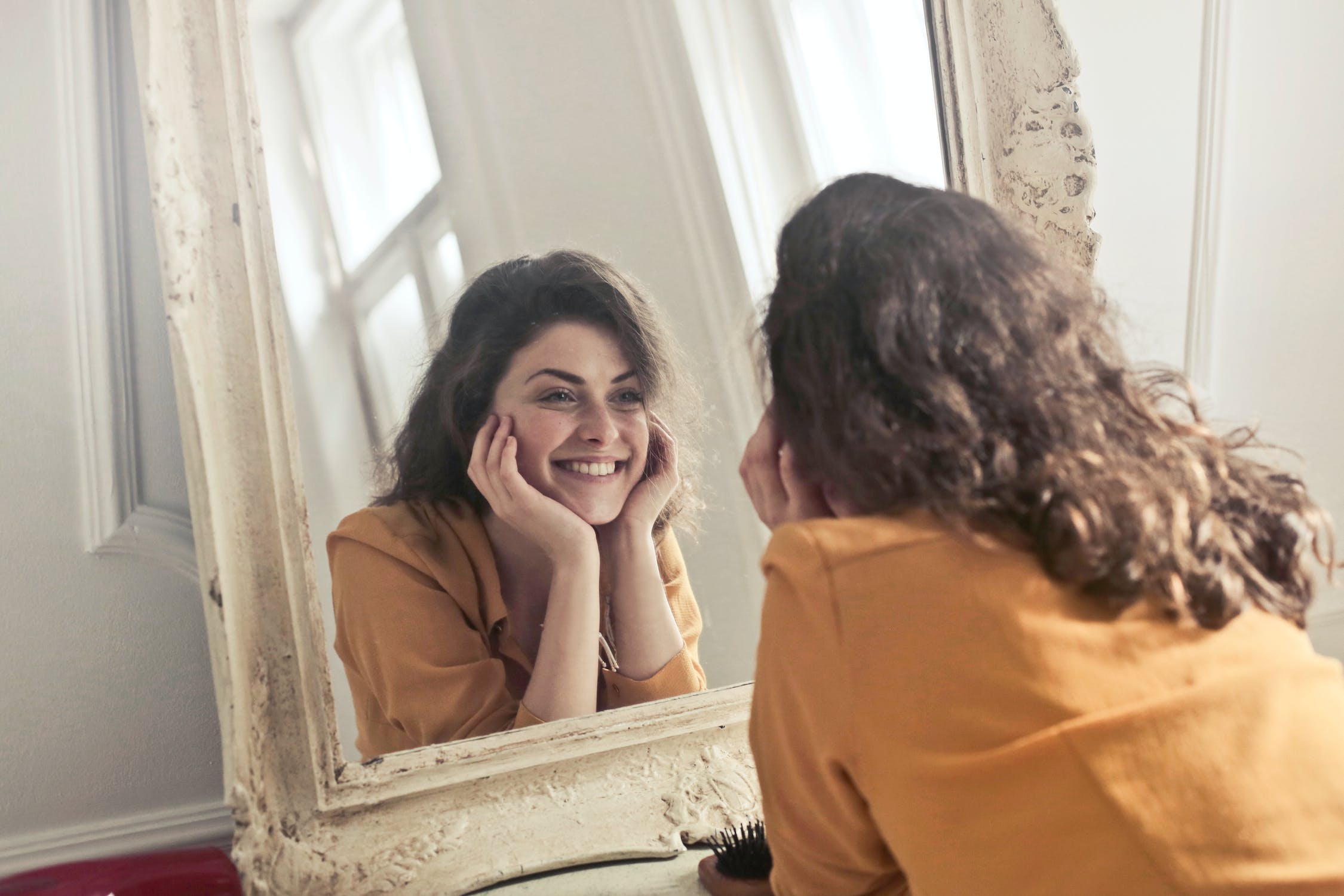
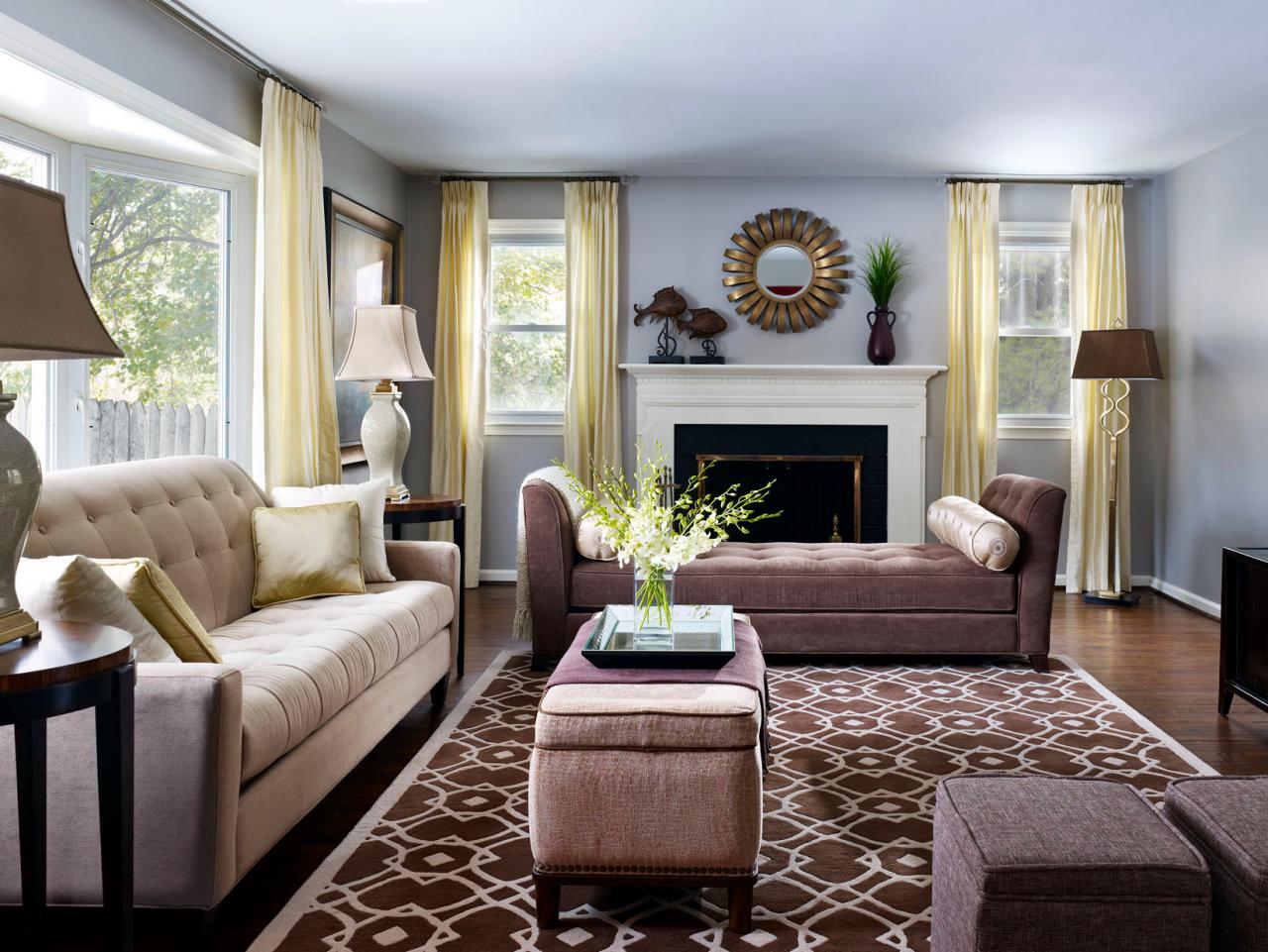

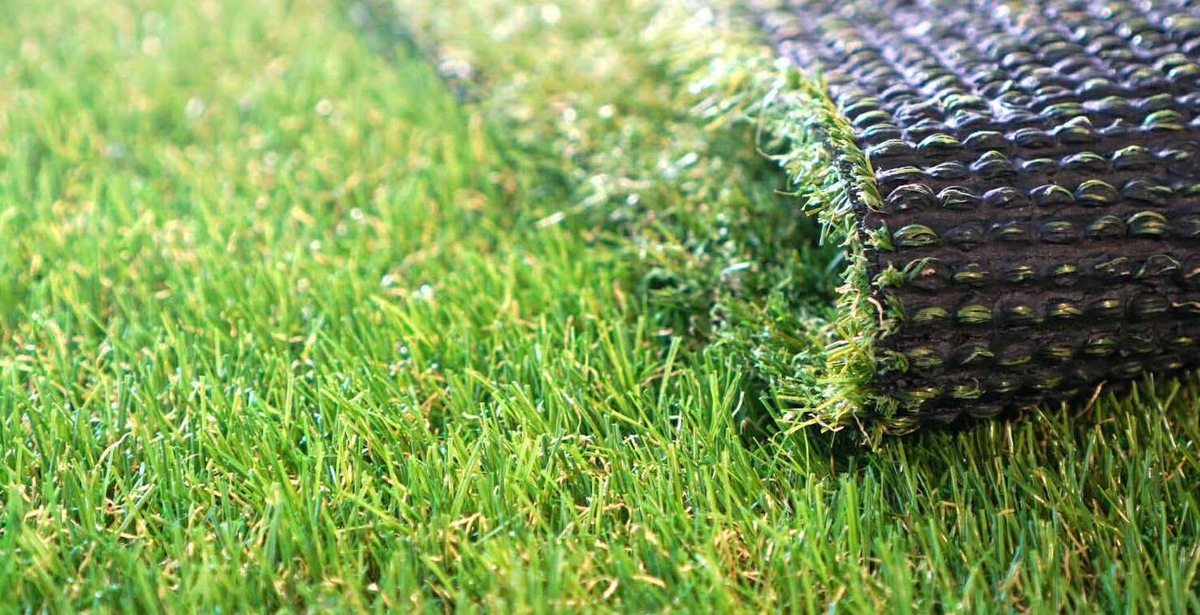

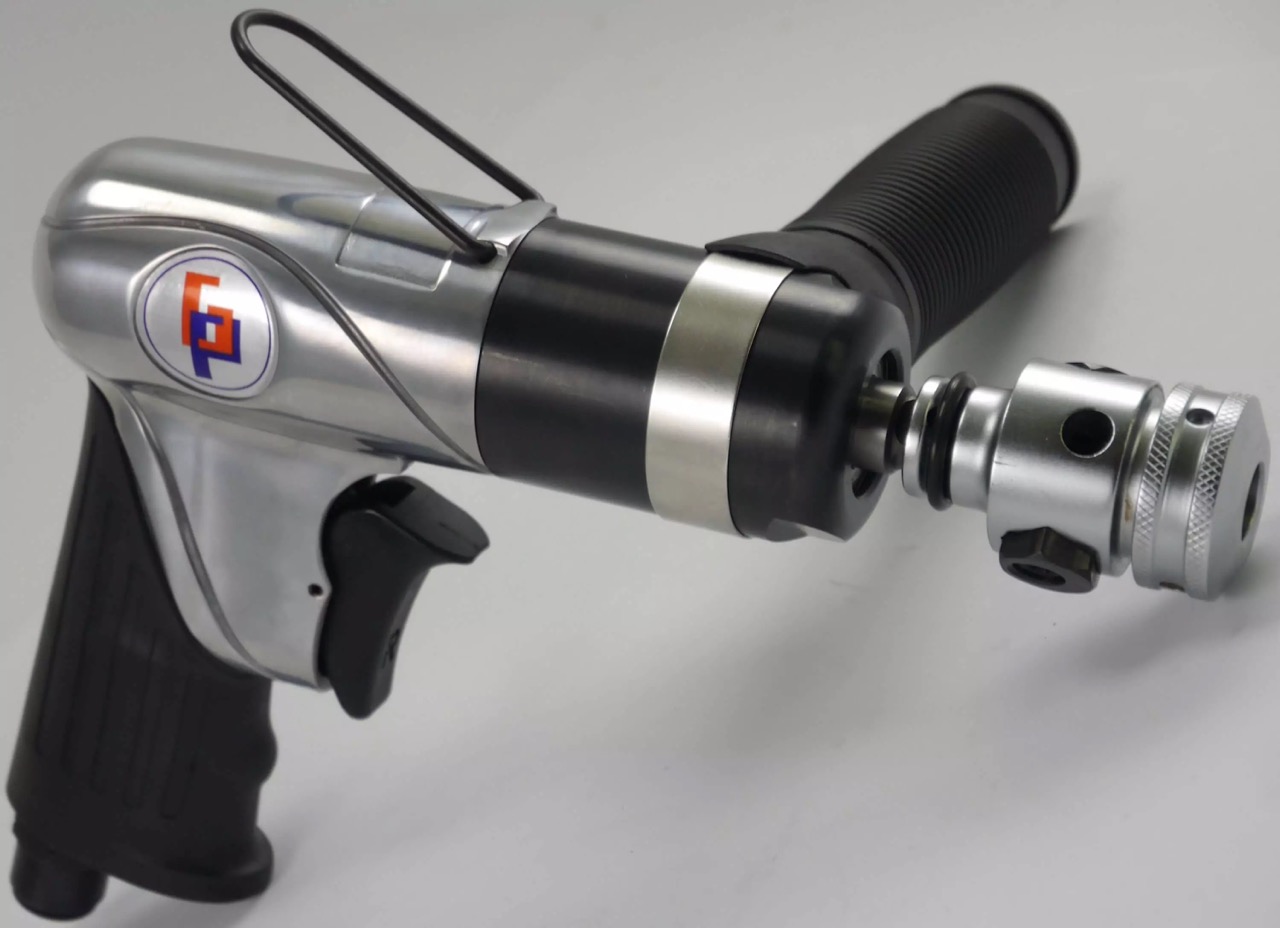

0 thoughts on “Why Do I Look Better In Some Mirrors Than Others”